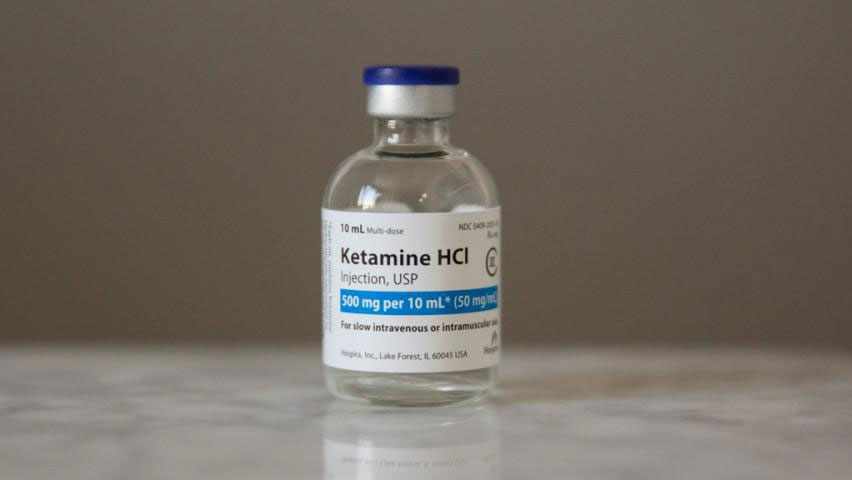
Ketamine is an anesthetic drug used in human and veterinary medicine, primarily for general anesthesia, although it is sometimes used as a sedative for seriously injured patients and as a painkiller in cases of extreme pain. It is a dissociative agent, meaning it induces a trance-like state which high suppression of pain and amnesia as its characteristics.
Abuse and Detection
Ketamine is often chosen by abusers both for the dissociative qualities and because it is short-acting: it takes effect in about 10 minutes, with hallucinatory effects lasting 60 minutes if snorted or injected and up to two hours if ingested orally. This gives abusers faster gratification and more control over the duration of their high than many other drugs. Because of the amnesiac effects, it has occasionally been used as a date rape drug. High doses can bring on the experience users call the K-hole, an extreme state of auditory and visual hallucinations that some say mimics out-of-body or near-death experiences or catatonic schizophrenia. Because of the intensity of the experience, it has become less prevalent in club or rave scenes and more likely to be used in a controlled, private setting. Ketamine is complicated to synthesize, so much of the illicit supply comes from diverting legal sources, although there I increasing evidence of large-scale illegal synthesis in China.
Common street names:
Cat Valium, special K, K, super C, super acid, green, jet, Fort Dodge
Symptoms of Abuse:
Numbness, dizziness, sense of invulnerability, hallucinations, lack of coordination, muscle rigidity, delirium, amnesia
Testing Medium:
Urine
Medical Dangers (including withdrawal effects):
Respiratory depression, delirium, elevated heart rate and blood pressure, vomiting, seizures, coma, death from overdose (rare)
Window of Detection
Urine 2-4 days

